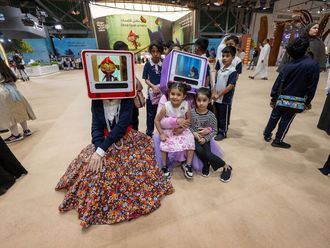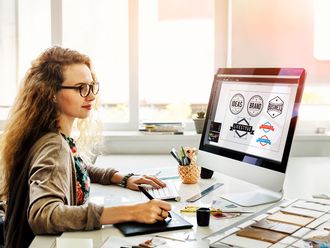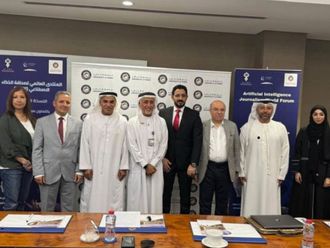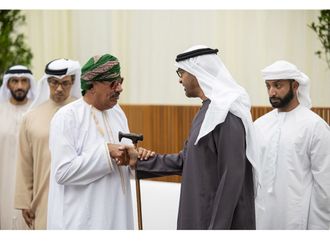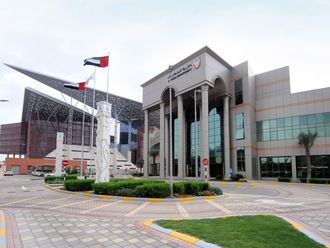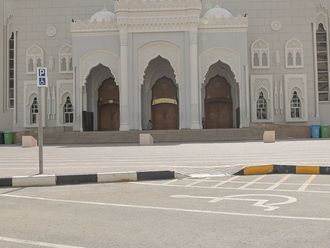Since ancient times, human beings have drawn maps charting new lands and graphs highlighting scientific discoveries. These are tools extensively used by computer scientists, mathematicians and statisticians today to store and register the process of developing and communicating conceptual information. It is applied to all aspects of scientific visualisation.
Basic graphics such as pie charts, bars, arrows and lines can be represented visually to show information in terms of numbers and percentage points. Symbols and pictograms are also used to simplify the information. Accuracy is of the utmost importance in all graphics.
In newspapers and magazines, graphics help readers understand a subject quickly. They also make pages more attractive.
The boom of infographics in the 1980s, encouraged newspapers to use more of them. USA Today, the colourful United States newspaper that debuted in 1982, was a pioneer in the use of graphics to make information easier to comprehend.
In the UAE, professionals specialising in infographics are rare, and there are no specific courses for this. "It is very difficult to find infographic artists in UAE. When you advertise you only get advertising graphic designers who apply; they have never drawn maps and don't know how to interpret information in visuals," says Sara Sherlock Thomas, design editor of Gulf News magazines.
To become an infographic artist, it is important to be accurate, have a good sense of space and be a visual storyteller. You have to compress a story into a very small space.
"The most important thing is your ability to understand. First and foremost, when you understand what the subject is all about then you know where to draw the line as to what to show and what not to show in a graphic; you can weed out unnecessary information from the crucial; this saves you time and energy, and you also make sure your readers know what they need to know'' says Dwynn Ronald Trazo, infographic artist in the Gulf News Design Department.
Specialisation
How does one become an infographic artist? This is a good question; there are no specific courses in the UAE. First it is important to know how to use programs such as Adobe Illustrator, FreeHand or Corel Draw. "Practice. Be inspired. Look at some of the great infographics and learn from them. The layout, the style of illustration, the geometry, just about everything you can absorb. And be patient, as graphics can take considerably longer to finish," says Trazo. "I think it can be encouraged in the UAE, but the groundwork needs to be in place first.
There is not much training or education in publication design. Most designers are focused on advertising or logo design so internships and courses need to be in place first. Most people in the UAE who have studied here have gone into publication design rather than trained or qualified with some sort of course.
There must be more awareness of the profession as there are a lot of talented illustrators out here which is a good base for becoming an infographic designer," says Thomas.
Now with the internet and Flash program it is possible to make graphics more animated and interactive. But the principle is always the same – accurate information and a simple way to tell history.
websites
http://coolinfographics.blogspot.com/
http://malofiej.blogspot.com/
http://www.albertocairo.com/
http://www.nixlog.com/infographics/
http://kelsocartography.com/blog/
http://www.smashingmagazine.com/
http://infografistas.blogspot.com/
http://www.nigelholmes.com/
http://www.rafaestrada.net/
http://www.mentegrafica.it/blog/
http://www.mariochimeno.com/portfolio.php
http://fernando-rubio.blogspot.com/
http://www.elpais.com/graficos/
http://www.elmundo.es/graficos/multimedia/index.html
http://macktubrobinson.blogspot.com/
http://www.seis-cuatro.com/



